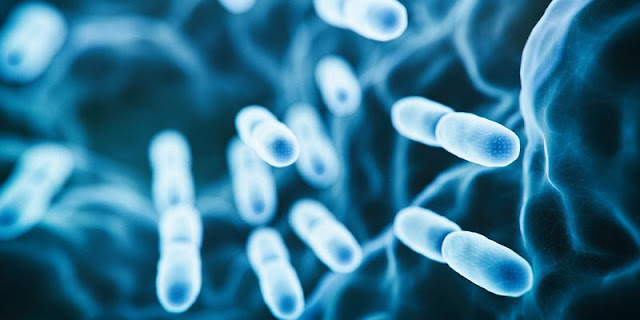New Set of Chemical Reactions Could Finally Explain How Life Started on Earth
A long time ago, when our planet Earth was still extremely young and brand-new, there was not a shred of life to be discovered there.
Then, somehow, someway, the amino acids and nucleic acids that came together just so to begin a chain reaction that gave rise to life appeared as the chemical building blocks of our very earliest single-celled ancestors.
The specifics of this emergence, which occurred billions of years ago and left no traces in the fossil record, are unknown. However, scientists have discovered a new set of chemical processes that may have formed those biological building blocks on Earth, all those eons ago, utilizing what we know about the chemistry of early Earth.
Chemist Ramanarayanan Krishnamurthy of Scripps Research Institute remarked, "We've developed a new paradigm to describe this transition from prebiotic to biotic chemistry. "We believe that the types of responses we have outlined are likely what may have occurred on early Earth."
The majority of the work in reconstructing the possible course of biotic chemistry is experimental. By exploiting the chemistry of the early Earth, before 3.7 billion years ago, scientists aim to mimic present biological processes in lab conditions.
Evidence points to the presence of cyanide, a poisonous chemical that may have had a role in the origin of life on Earth. Many groups have studied the function of cyanide in the process; earlier this year, Krishnamurthy and his colleagues demonstrated how cyanide can readily create basic organic molecules at room temperature and over a wide pH range. This process dramatically accelerates when carbon dioxide is added.
Since all proteins in living organisms are made up of amino acids, the researchers began to wonder if they might repeat their accomplishment when attempting to make more complicated organic compounds.
These days, -keto acids, which combine with nitrogen and enzymes to create the amino acids, serve as the precursors of amino acids. Since enzymes did not develop from -keto acids in the early Earth, scientists have come to the conclusion that amino acids must have developed from aldehyde precursors. However, that raises a number of other queries, such as when -keto acids assumed control.
Without the need of enzymes, -keto acids might potentially produce amino acids, according to Krishnamurthy and his colleagues. Naturally, they began with -keto acids and then added cyanide because their prior research demonstrated that it is an efficient catalyst for chemical processes that result in organic compounds.
Next, ammonia was added to provide the necessary nitrogen, a compound of nitrogen and hydrogen that was also present on early Earth. It required some trial and error to figure out the final component, but, just as the researchers had discovered with their earlier study, carbon dioxide turned out to be the key.
The solution turned out to be even easy than we had anticipated, according to Krishnamurthy, who had anticipated that it would be rather challenging to understand. "If you merely combine cyanide, ammonia, and keto acid, nothing happens. The process accelerates the moment carbon dioxide, even in tiny amounts, is added."
The team's overall findings indicate that carbon dioxide was an essential component for the origin of life on Earth, but only in combination with other elements. The group also found that a byproduct of their operations is a chemical like orotate, a substance produced by living cells. One of the components of nucleic acids, such as DNA and RNA, this is.
The findings would eliminate the need to explain why cells switched from aldehydes to -keto acids because they are strikingly close to events that occur in live cells right now. Since the aldehyde theory is less likely to be true, the team thinks that their discovery indicates a more plausible scenario for the genesis of primordial chemicals.
The next step is to carry out more research using their chemical soup to discover if any other prebiotic compounds may appear. The plausibility and implausibility of the numerous hypotheses defining the earliest stages of all life on Earth will then be established as a result of this.
The research has been published in Nature Chemistry.




Comments
Post a Comment